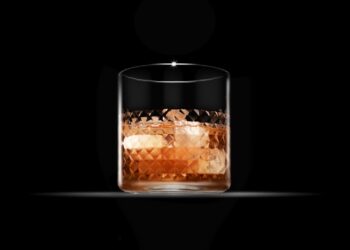We all agree that fresh food is always best, but did you know that some fruits and vegetables are processed? Let’s take a fun quiz to learn more about food processing.
Pasteurized milk is heated and quickly cooled to eliminate certain bacteria. What is the name of the process that separates fat particles from milk?
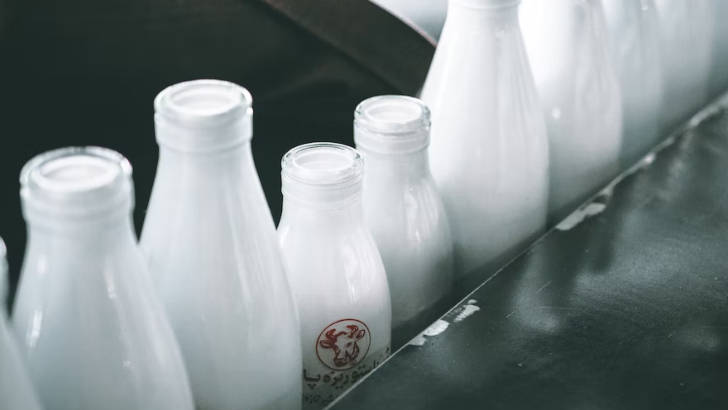
Homogenization
Refrigeration
Sterilization
Irradiation
Amazingly, the history of food processing goes back to the Stone Age. Which of the following wasn’t among the earliest techniques for processing crude materials?

Frying
Sun Drying
Fermenting
Salt Preservation
What do we refer to when we sell goods or merchandise to someone who is not a typical consumer?

Wholesale
Inspection
Resale
Retail
What does “UHT” stand for in terms of food processing?
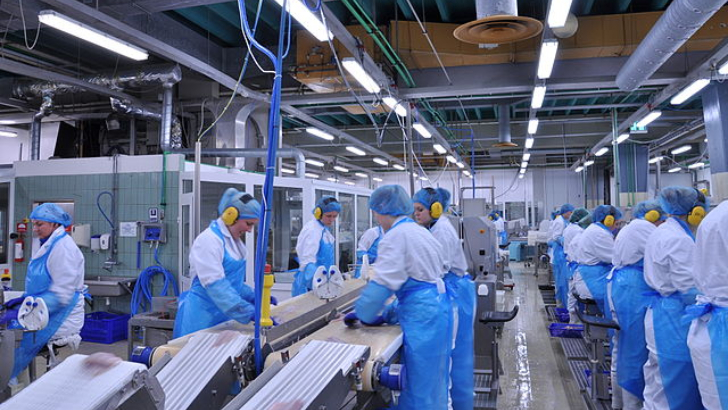
Upper Height Threshold
Ultra-High Temperature
Unusually High Temperature
Unlimited Heat Time
Which one of these DOES NOT constitute a necessary unit operation in the food sector?

Materials Handling
Drying
Experimenting
Cleaning
Which of these summaries most accurately describes food processing?
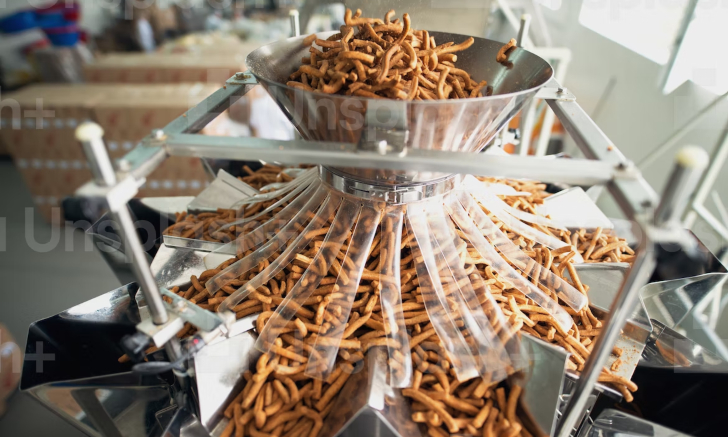
The study of food relations.
The science of cultivating plants and livestock.
The transformation of raw animal and plant products into sustainable materials.
The transformation of raw animal and plant products into food for human consumption.
Which of the following sectors DOES NOT directly fall under food processing?
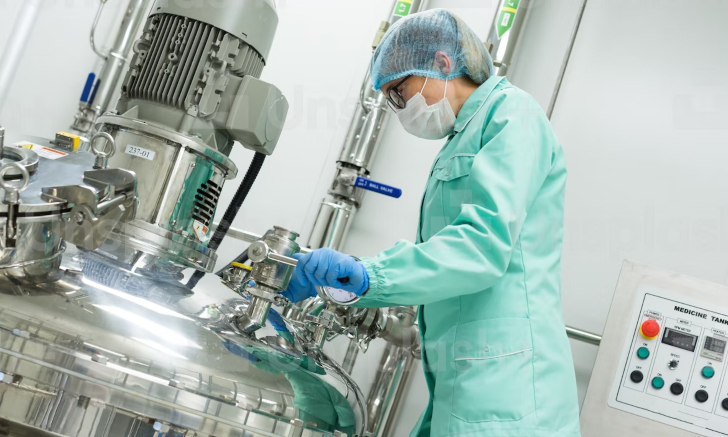
Cannery
Industrial Rendering
Waste Management
Slaughterhouse
What is the USDA’s definition of value-added products?
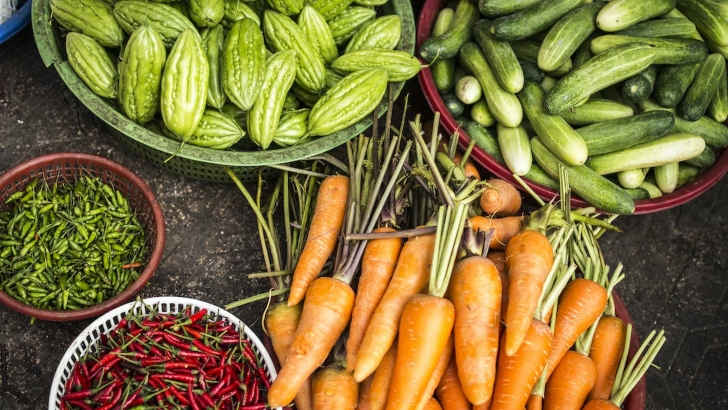
A change in the physical state or form of the product.
A change in the mental state or form of the product.
A more expensive product.
A change in the emotional state or form of the product.
Nutritional density is reduced during food processing, which is one of its disadvantages. Which essential nutrient is destroyed by heating and poor storage practices?
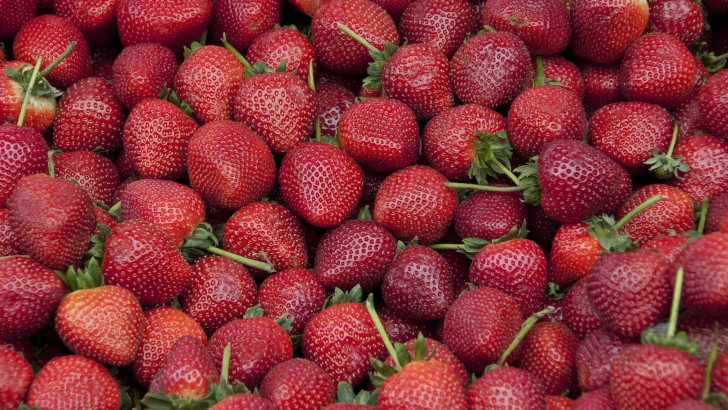
Vitamin B12
Vitamin C
Vitamin K
Iron
Which unhealthy type of fat is most frequently present in processed snack foods?
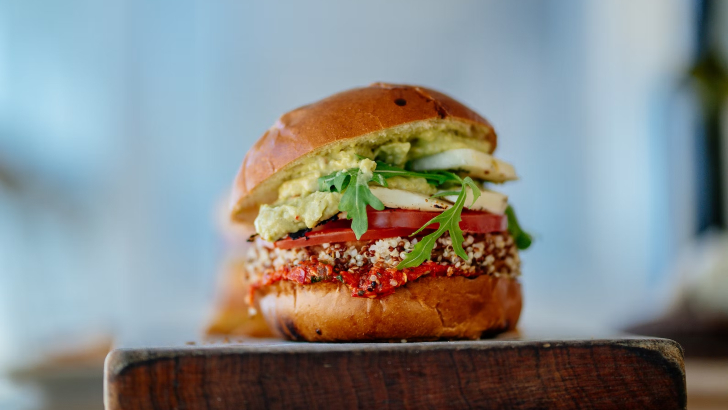
Polyunsaturated Fat
Saturated Fat
Trans Fat
Monounsaturated Fat
One of the primary sources of sodium in the human diet is processed food. Which of these is NOT a justification for salting food?
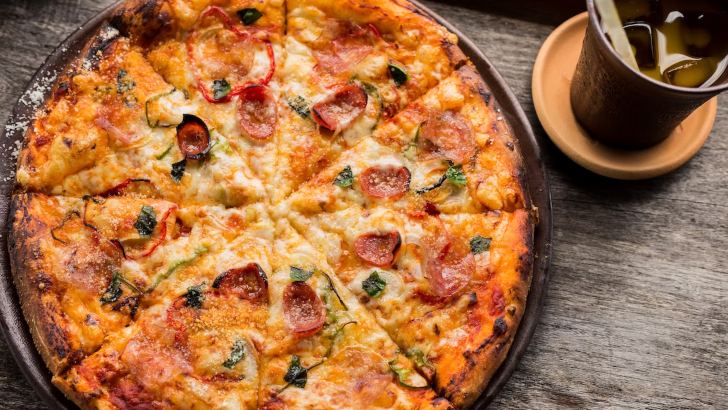
Prevent Spoilage
Add Flavor
Improve Texture
Improve Nutritional Value
Which of the following is NOT a primary reason for commercial food processing?
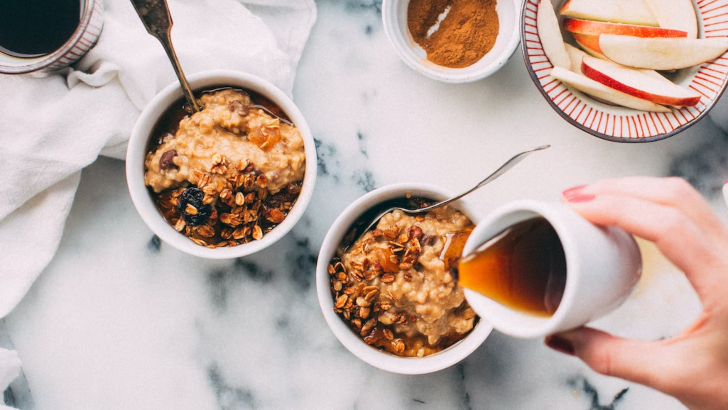
Eliminate disease-causing microorganisms
Boost serotonin levels in consumers.
Make food products appealing to consumers
Extend the shelf life of products
Although food processing and preservation have been practiced since ancient times, what was the primary driving force behind modern techniques?
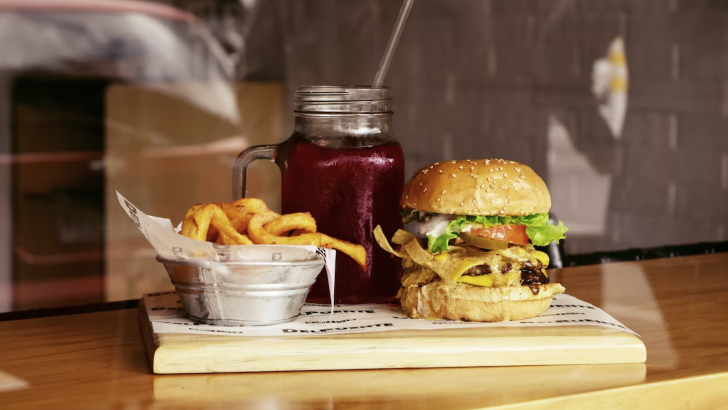
Removal of Allergens
Aesthetically Appealing Options
World Hunger
Military Needs
While traditional food processing methods have been used for centuries, which of these approaches is considered modern?
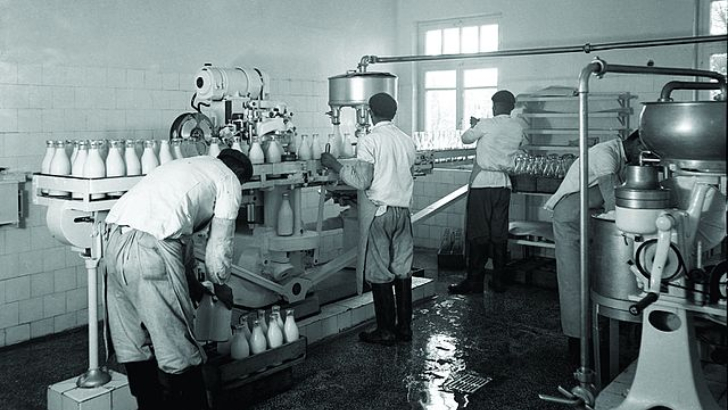
Fermentation
Pasteurization
Heat Treatment
Smoking
What procedure is used to lessen or get rid of bacteria and mold?
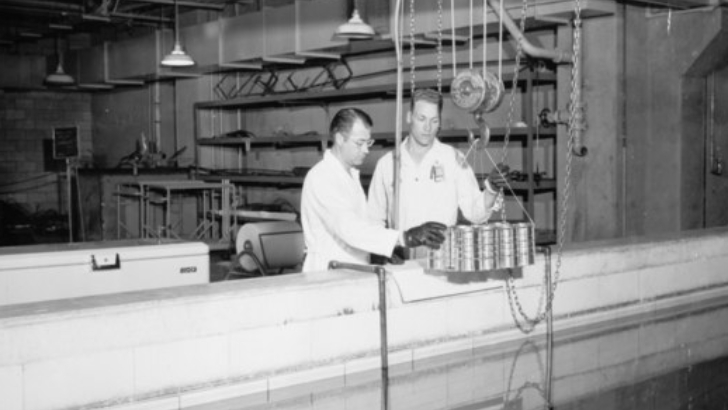
Dehydration
Refrigeration
Evaporation
Irradiation
Which one of the following is a primary food processing example?
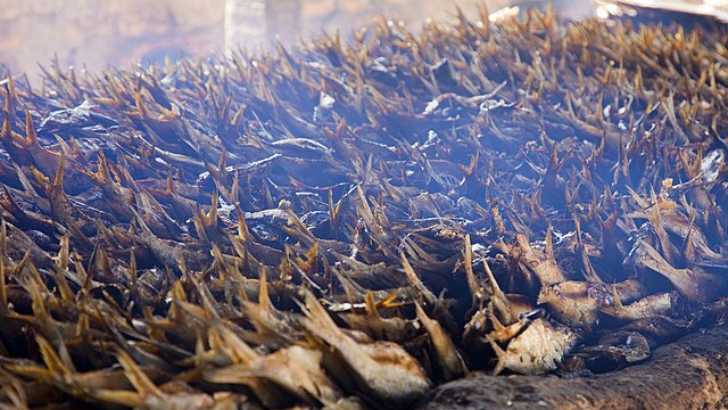
Smoking Fish
Microwaving Frozen Meals
Making Sausage
Baking Cake
Which of the following foods falls under the category of secondary processing?
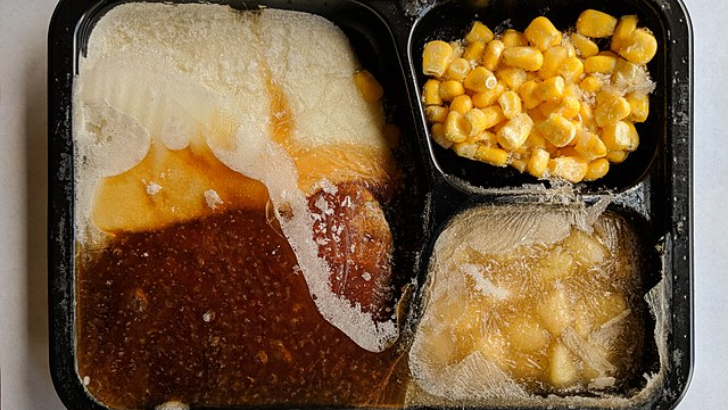
Grain
Sausages
Frozen Meals
Avocados
Energy used, waste reduction, energy efficiency, fewer cleaning stops, and _____ are performance metrics in the food industry.
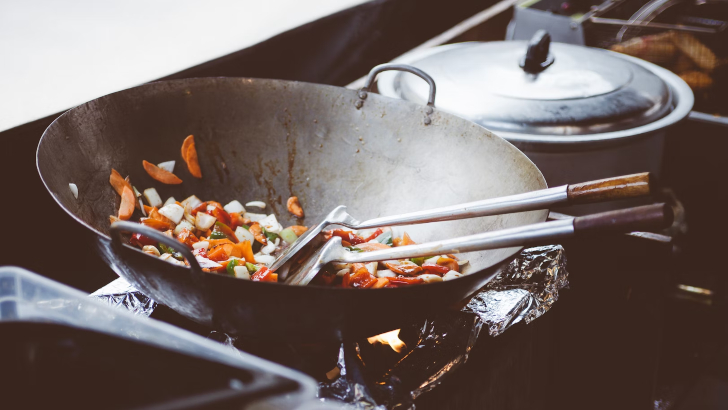
Hygiene
Minimization of Negativity
Appearance
Minimization of Contaminants
Which of these food preservation techniques is NOT among the oldest?
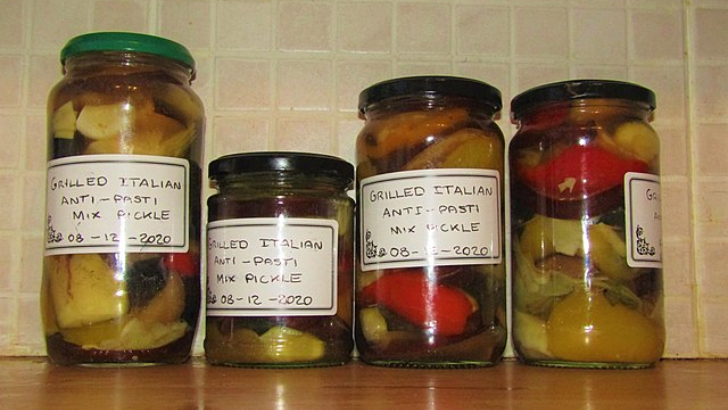
Drying
Canning
Refrigeration
Fermentation
What do we call high-pressure and pulsed electric field food processing techniques?
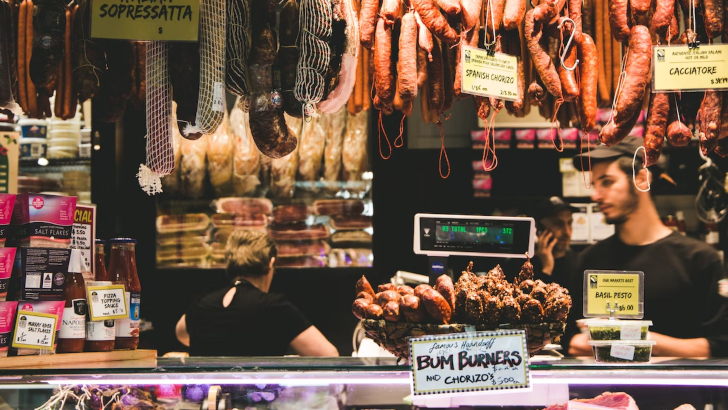
Conduction Transfer Methods
Thermal Technologies
Non-Thermal Technologies
Irradiation Methods

You failed. Your grade wasn’t that good. 😯
Try harder the next time.

Just a bit more work is required. 😉
The following time, you’ll succeed!

You are informed. The quiz presented no problems for you. 👏
You’ve revealed that you know about food processing
[giveaway id=12098]



